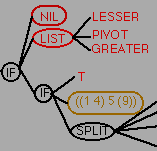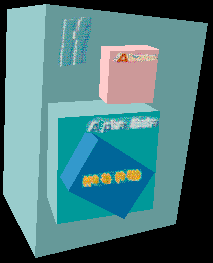

I am editing a special issue on
scheduled to appear in April 1997.
Here is the Introduction and Table of Contents to the special issue

Paradoxically, very few contemporary interactive environments for writing and debugging computer programs make good use of the high-resolution color graphics screens now becoming commonplace. At the same time, growing complexity of software is reaching a crisis point, outstripping the ability of programmers to envision the relationships between components in a complex program. Just as in the visualization of complex scientific simulations, graphics can be a vital tool in helping to visualize the dynamic behavior of programs. Nowhere is the need for such visualization tools more acute than in debugging, a costly and frustrating phase of programming. Principles of information presentation from graphic design, and theories of the problem-solving processes involved in debugging from artificial intelligence can contribute to innovative solutions.
This paper presents some prototypes of alternative visual representations for programs, implemented in the context of an interactive debugger. These range from a relatively conventional textual representation enhanced with animated color typography, to a highly unconventional three-dimensional graphical representation.
Henry Lieberman, A Three-Dimensional Representation for Program Execution, in E.P. Glinert, ed, Visual Programming Enviornments: Applications and Issues, IEEE Press, 1991. Also in IEEE Symposium on Visual Languages, Rome, 1989.
